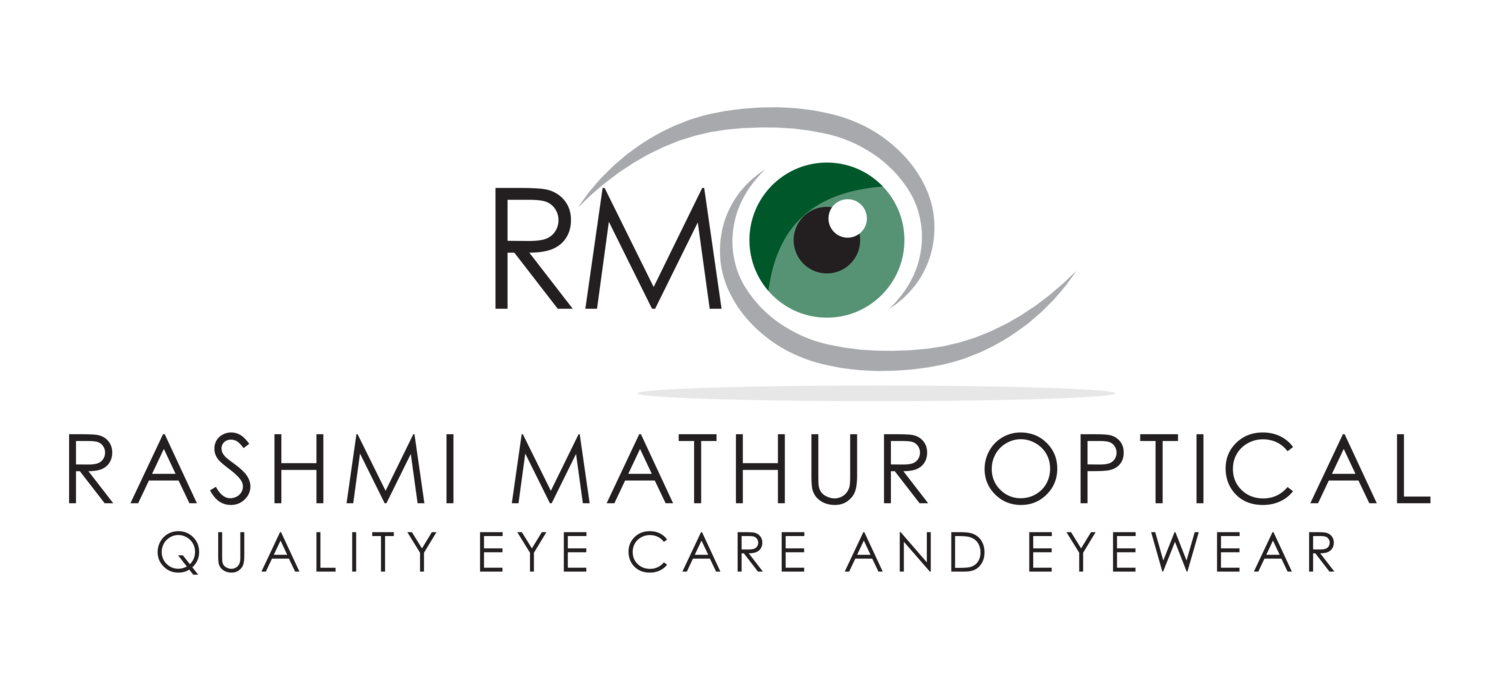Glare Protection
Just as our skin is damaged from sun exposure, our eyes can suffer all kinds of assaults from UV rays. If you want to have clear, healthy looking eyes - you have to take care of them.
At dusk and dawn when the sun is lower in the sky, the eyes are directly exposed to invisible UV rays. These are therefore the most harmful times for them. Surprisingly, your eyes are more protected from direct UV rays at midday. This is because your eyebrows cast a shadow on your eyes, protecting them.
Remember that UV rays can pierce cloud cover as well as reflect off all surfaces.
What happens with exposure?
Photokeratitis (when your cornea is sunburnt) - similar to Arc Eye
Pterygium
Skin cancer on the eyelids
and to some extent, cataracts.
For your eyes to get the protection they need, you can get prescription sunglasses.
How do I know what type of lenses to get?
1. Tints
2. Transition Lenses
3. Polarized Lenses
4. Chemistrie Clip
1. Tints - filter lights in different ways.
Gray allows the eyes to perceive colours in their purest form by reducing brightness and glare. This is best for driving and outdoor sports such as golf, running or cycling.
Yellow increases contrast in hazy, foggy or low-light conditions and therefore makes objects appear sharper for low light conditions and indoor ball sports.
Brown reduces glare and brightens vision on cloudy days. It also blocks blue light so increases contrast and visual acuity, especially against green and blue backgrounds such as grass and sky.
2. Transition Lenses
Transition lenses react to UV light. When you are outside they can go from clear to dark in less than one minute. While driving, they get to 70-80% tint level as your windshield cuts out some UV.
They are available in: Grey, Brown, Amber & now Amethyst and Sapphire
Transitions Xtractive are available in Brown and Grey. As the name implies, they get darker than regular Transitions and remain slightly tinted indoors. These are for people who are very light sensitive and want some extra activation in the car. They react to UV light as well as visible light.
3. Polarised Lenses
These cut out outdoor glare significantly by cutting out horizontal light rays reflected from the road, dashboard or water. By doing this, they make vision sharper, increase contrast and make colours seem brighter
Polarised lenses and digital screens – a word of caution
Digital screens are generally made with LCD (Liquid Crystal Displays) which allow horizontally polarised light through. Cell phones, TVs, computers, dashboards in cars and planes all have LCDs. The liquid crystals do not emit light. They only control whether light can pass through them or not.
When you look directly at your phone screen with polarised sunglasses, everything is clear BUT if you rotate your head 45-90º to the right or left, the screen will turn black.
Pilots should not wear polarised sunglasses.
4. Chemistrie
This is a magnetic clip that can be attached on to any frame. It is available as a tint in all colours as well as polarised.








